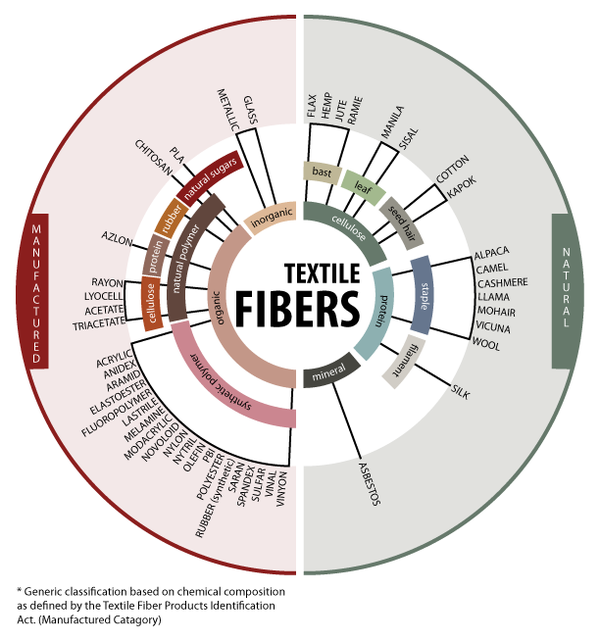- Qinsun Instruments Co., Ltd.
- Tell:+86-21-6780 0179
- Phone:+86-17740808215
- Address:No. 2578 Minhang District Gu Dai Road, Shanghai
- Contact:Mr. Li
- QQ:846490659
Exploring the Impact of Fiber Composition on Fabric Tensile Properties

The tensile properties of fabrics can be affected by the fiber composition. Typically, the fibers used in fabrics can be divided into two categories: natural and synthetic.
Natural fibers, such as cotton, wool, and silk, usually have good ductility and softness, which means they stretch easily and are difficult to break. However, natural fibers are usually weaker than synthetic fibers and are susceptible to wear and tear and environmental factors. When using natural fibers in fabrics, protection against abrasion and other forms of damage may need to be considered.
Synthetic fibers, such as polyester, nylon, and polypropylene, are typically stronger and more durable than natural fibers. They are less elastic and malleable, which means they may have a higher breaking strength and lower elongation. Because synthetic fibers are typically more abrasion-resistant and durable than natural fibers, they are more commonly used in applications that require greater strength and durability.
In addition, the fiber composition's fiber structure, length, and the way the fibers are connected to each other (also known as the orientation and arrangement of the fibers) can affect the tensile properties of a fabric. For example, if the fiber components are evenly spaced and of equal length, the fabrics may have more similar tensile properties and may have higher stability. Conversely, if the fibers are irregularly arranged or of different lengths, then the tensile properties of the fabrics may also vary and it may be more difficult to control and predict the corresponding properties.
In addition to fiber composition, fiber properties can also have an effect on the tensile properties of a fabric. The following are some of the fiber characteristics that can affect the tensile properties of a fabric:

1. Fiber diameter: The coarser the diameter of the fiber, the stronger the fabric will usually be. This is because the thickness of the fibers directly affects the contact area and interaction between the fibers. Coarse fibers interact with each other more strongly than fine fibers, so the tensile strength of the fabric may be higher.
2. Fiber length: The length of the fibers can affect the ductility of a fabric. Shorter fibers usually result in less ductile fabrics because the limitation of fiber length restricts the fabric's ability to elongate. In contrast, longer fibers provide better ductility and elasticity because they allow the fabric to better accommodate changes during stretching.
3. Fiber shape: The shape of the fiber can have an effect on the tensile properties of a fabric. For example, many synthetic fibers are round, while natural fibers have more shaped shapes. Shaped fibers provide better interfiber friction, which increases the tensile strength of the fabric.
4. Fiber structure: The structure of fibers can be divided into single fibers and composite fibers. A single fiber is made up of one continuous fiber unit, while a composite fiber is made up of a combination of several smaller fibers. Composite fibers usually have better tensile properties than single fibers because they can provide higher strength through interaction and synergistic effects.
5. Fiber Orientation: The orientation and arrangement of fibers also affects the tensile properties of a fabric. Fiber orientation can be parallel, staggered or random. Different arrangements result in different behavior of the fabric during stretching. For example, parallel aligned fibers may provide higher strength, while staggered fibers can increase the elongation properties of a fabric.
By understanding the effects of fiber composition and fiber properties on the tensile properties of fabrics, textile engineers can select the right fiber material and weaving process for a specific application to achieve the desired fabric properties.





